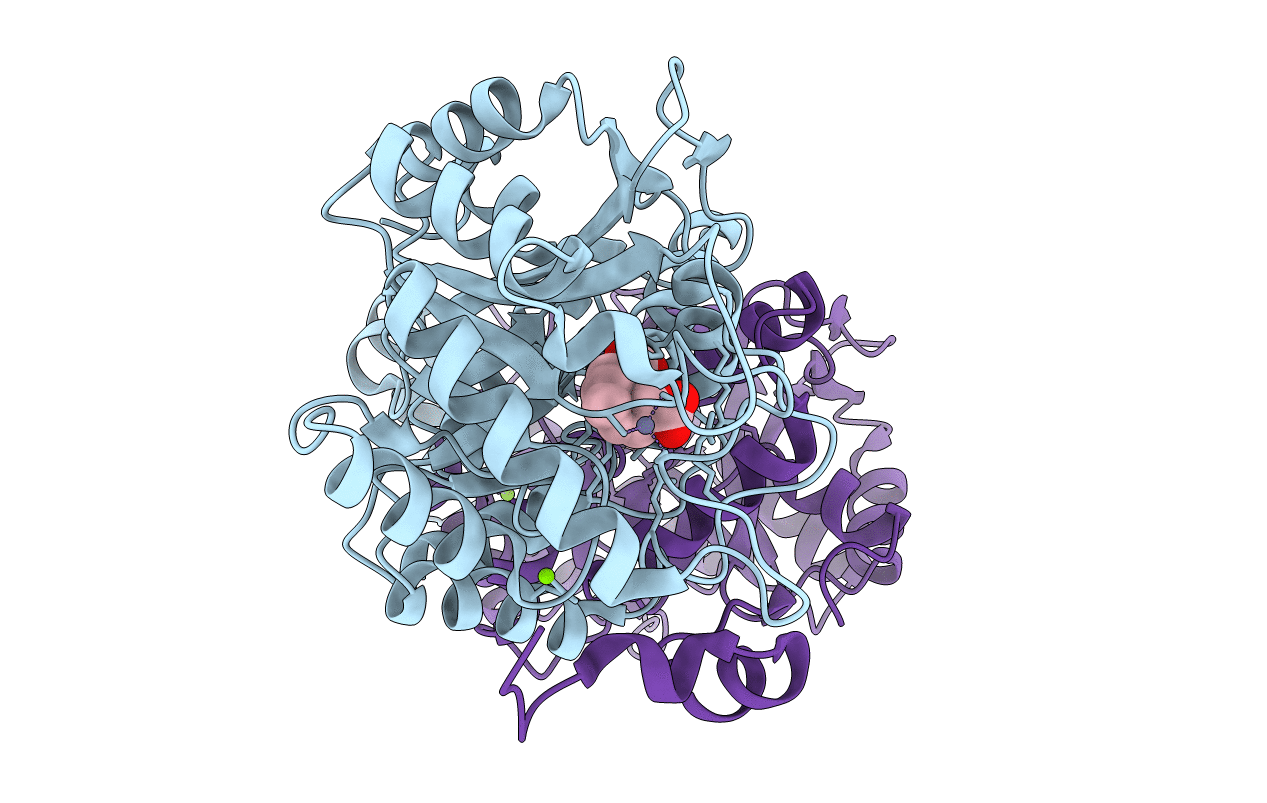
Deposition Date
2002-03-13
Release Date
2002-04-17
Last Version Date
2024-10-16
Entry Detail
PDB ID:
1L6S
Keywords:
Title:
Crystal Structure of Porphobilinogen Synthase Complexed with the Inhibitor 4,7-Dioxosebacic Acid
Biological Source:
Source Organism:
Escherichia coli (Taxon ID: 562)
Host Organism:
Method Details:
Experimental Method:
Resolution:
1.70 Å
R-Value Free:
0.24
R-Value Work:
0.19
Space Group:
P 4 21 2


